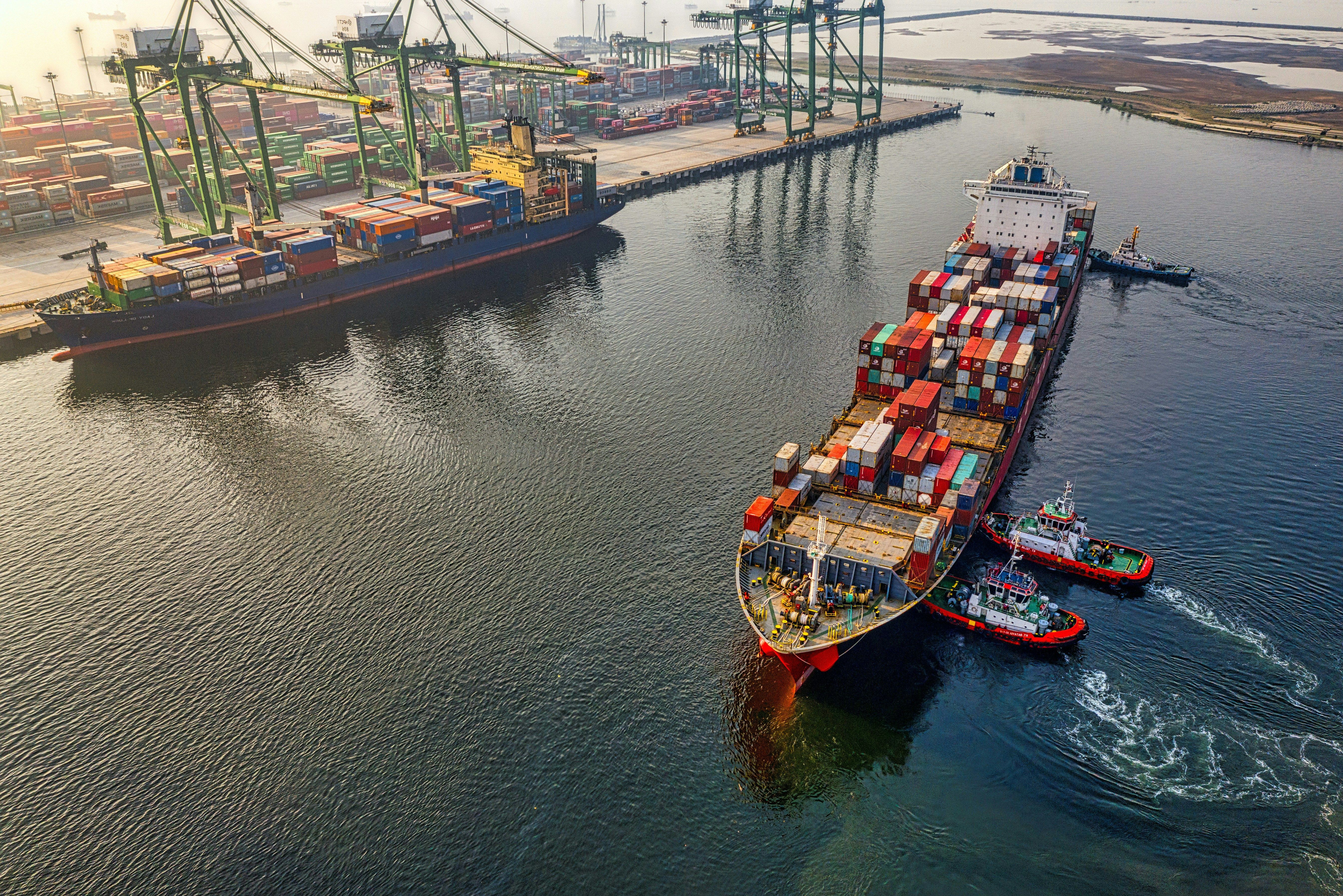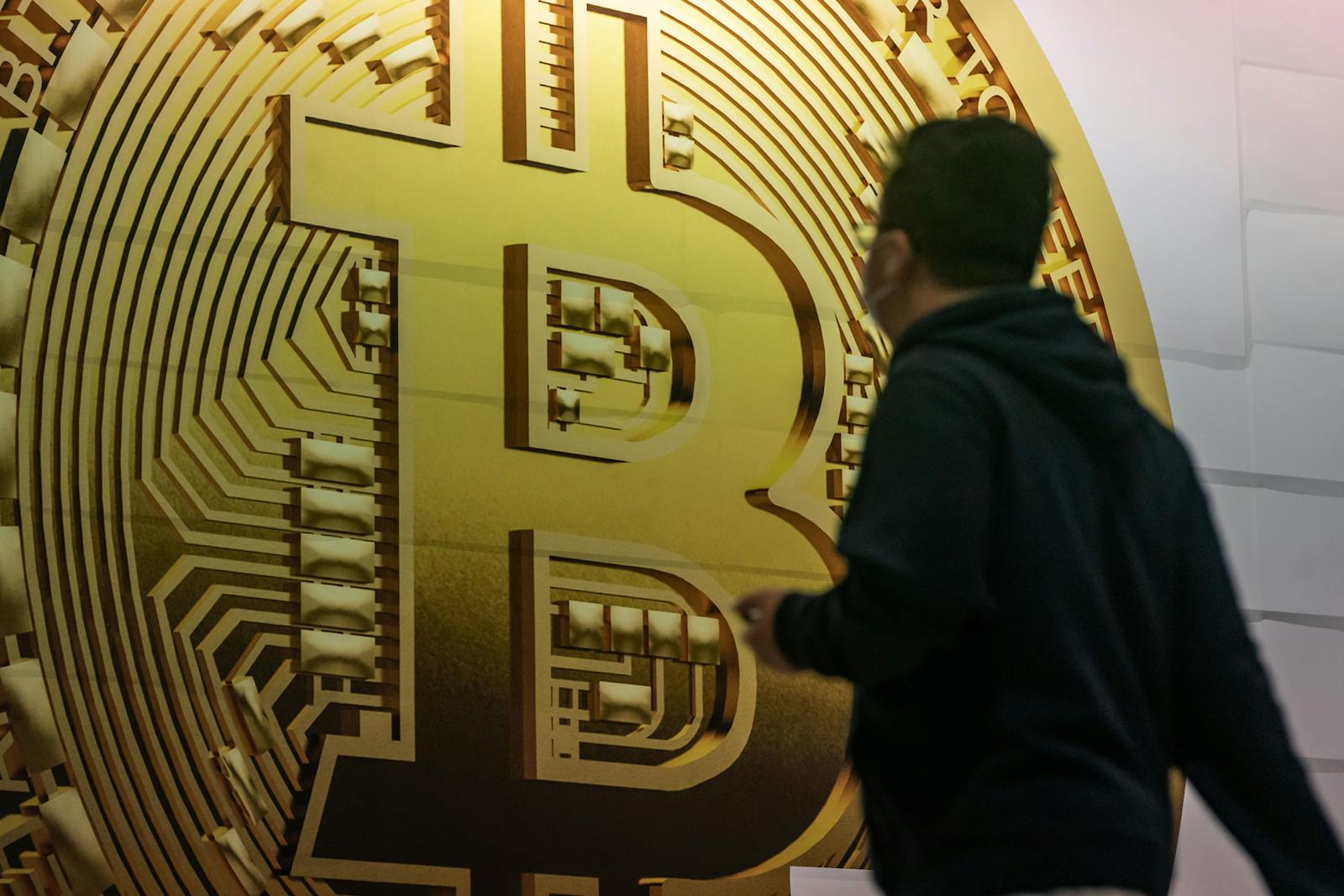U.S. Bitcoin Mining at a Crossroads
Bitcoin mining in the U.S. has seen exponential growth over the past four years, especially after China's crypto ban in 2021. The U.S. now leads the world in hashrate dominance, producing more Bitcoin than any other country. However, new challenges are emerging that could slow this growth.
The Impact of Tariffs
President Donald Trump's proposed tariffs on ASICs—the powerful computers used for Bitcoin mining—threaten to increase costs for U.S. miners. These machines are primarily manufactured in Southeast Asia, facing tariffs of 10% to 50%. While not prohibitive, these taxes are expected to slow the industry's expansion in the U.S.
"The U.S. is still going to be the major source of hashrate globally for the foreseeable future, but its overarching dominance will likely erode," said Taras Kulyk, CEO of Synteq Digital.
Beyond Tariffs: The AI Factor
The race to build AI data centers is becoming a significant competitor for resources. Companies like Microsoft, Meta, and Google are investing heavily in high-performance computing (HPC) centers, which are more profitable but also more complex to build. This shift is leading some Bitcoin miners to diversify into AI.
Adapting to the New Reality
Miners are adapting by:
- Tapping into the secondary market for cheaper, pre-owned machines.
- Exploring U.S.-based production of ASICs to avoid tariffs.
- Focusing on efficiency rather than expansion, as older machines become less profitable.
The Road Ahead
While tariffs are a new hurdle, they are just one of many factors shaping the future of Bitcoin mining in the U.S. The industry remains resilient, but miners must navigate increased competition and evolving market dynamics to stay ahead.







Comments
Join Our Community
Sign up to share your thoughts, engage with others, and become part of our growing community.
No comments yet
Be the first to share your thoughts and start the conversation!